July 17 marks the 10th anniversary of the tragic death of Jules Bianchi. Motorsport Week takes a look back at one of modern-day Formula 1‘s biggest ‘what if’ stories.
The 2014 season was Bianchi’s second in F1, re-signing for the backmarker outfit Marussia.
2013 saw him adapt well to F1, having been a late call-up to replace Luiz Razia, whose place in the team was relinquished due to lack of sponsorship money.
He more often than not outperformed his team-mate Max Chilton, and therefore entered 2014 as perhaps the driver with a little more dominion within the team.
His Ferrari connections would have also helped, their engines supplying the Russian-backed team.
But that took nothing away from the genuine speed Bianchi showed, finishing ahead of Chilton in all but two of the races they both finished as team-mates.
Often seen as a genuine protege of the Scuderia, Bianchi’s credentials as a serious talent were cemented in Monaco, when a mighty drive around the principality saw him finish eighth, and despite a post-race penalty, ninth in the final classification saw him and the team claim their first points.
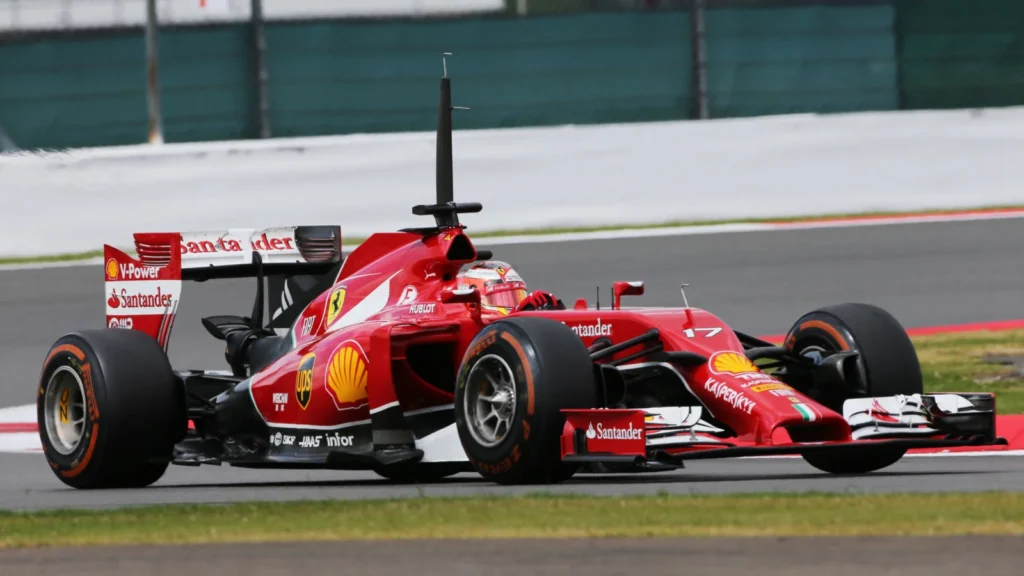
Bianchi and Ferrari – a match made in heaven but destined to never happen
In F1, many of the minnow teams often have a driver pairing that will come with baggage, in the sense that desperately-needed money an individual brings may outweigh the talent.
But Bianchi was, to many, the real deal, one of those hidden but eventually unearthed gems that makes their nascent steps in F1 with a loveable but often uncompetitive team.
It seemed that the prancing horse would eventually adorn a car under his control soon enough, perhaps even quicker than initially thought, as speculation grew that Fernando Alonso was soon on his way out of the door at Maranello.
Ferrari had already missed out on another promising – yet already-established – talent in the form of Robert Kubica, whose rally accident in early 2011 signalled a seven-year absence from F1, having apparently signed for them from 2012 onwards.
The stars very much seemed aligned to Bianchi, as a potential first season would have been spent alongside Sebastian Vettel, fresh from a four-year stint as reigning World Champion.
But a dank, dark, miserable and rain-sodden afternoon at Suzuka put paid to such plans.
On Lap 41, Bianchi, amid the treacherous conditions, veered off the road and collided with a crane that was extricating the Sauber of Adrian Sutil.
Once the 25-year-old was evidently not attempting to exit the car, nor answering any radio calls, the seriousness of the situation began to take hold.
Thus began nine months of excruciating limbo for Bianchi’s family, friends, team and F1 fans, until perhaps the inevitable came on on July 27 2015.
Jules Bianchi’s death confirmed the end of not such a young life, but the curtailing of a career packed with potential.
Although the hurt it caused so many people could never be healed, a great deal of improvement to some safety standards in F1 came about as a consequence, such as the introduction of the Virtual Safety Car and the Halo, which has saved countless individuals from a similar incident happening again.
Despite his F1 career being condemned to just two seasons and two championship points, Bianchi is still in the forefront of so many people’s minds.
Having visited his grave in Monaco earlier this year, the site of his greatest day, the tributes, cards, mementoes and messages that take up every inch of his plot confirms that he has never been forgotten.
Jules Bianchi – 1989-2015
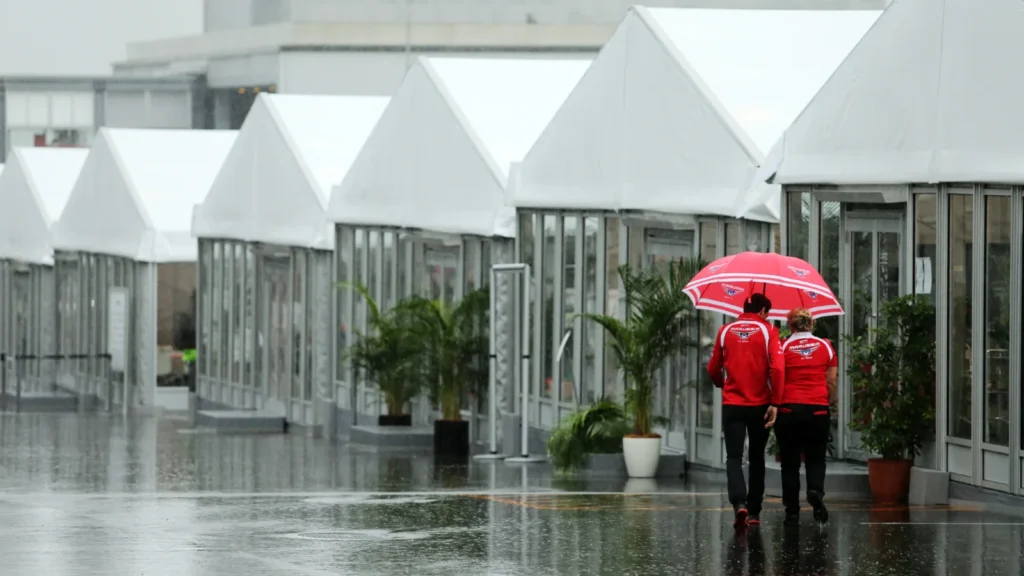

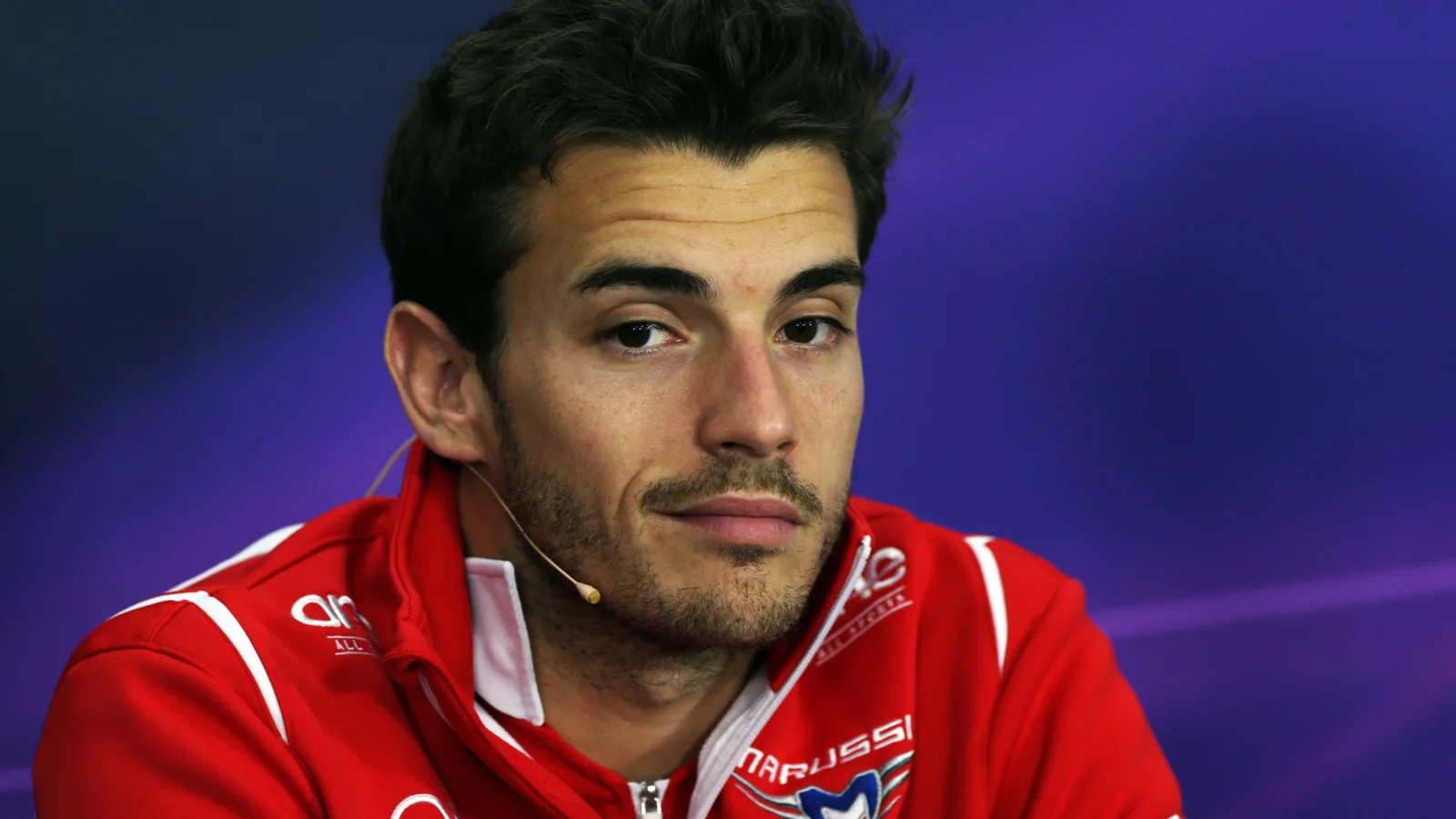


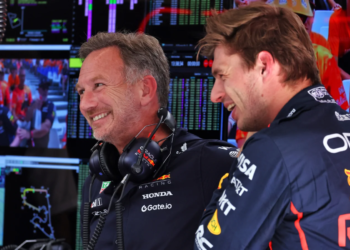
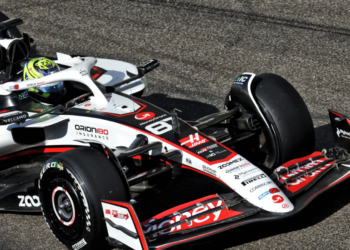


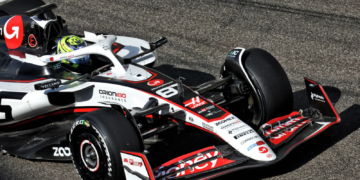

Discussion about this post